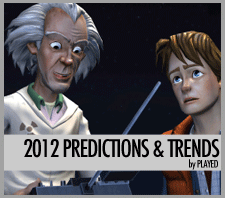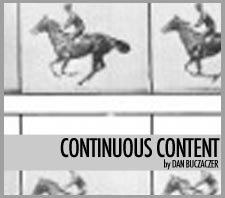Impressions of CES 2011: Linda Johnson
Posted by Linda Johnson | January 13, 2011
As this was my first trip to CES, I was overwhelmed by many of the advancements and products displayed: GE’s Nucleus is an innovative tool that gives consumers the power to control their electricity consumption, Samsung’s newest refrigerator includes a screen where families can plan meals and calendars, and Sony’s glasses-free 3D TV is a step in the right direction to making 3D TV a more applicable part of everyday life. As intriguing as all of the displays were, I couldn’t help being under-whelmed by the lack of mobile opportunities to further connect with brands and products during the show.
I expected well-planned mobile extensions allowing attendees to dive deeper into the displays during a peak time of interest and in a place where the lines for testing the products and asking questions were long. However, out of the hundreds of brands showcasing thousands of products, I only came across approximately five opportunities to do just this– most simply being check-ins at booths via SCVNGR for a chance to win a prize pack. I found this discouraging since I was at a tech conference where almost every product connected was to the internet, including refrigerators.
One brand that did go the extra mile in the contest/mobile extension scene was RedLaser, a barcode-scanning application that prompted me to download their app and locate and scan a series of barcodes placed around the convention. While not overly inventive, it gave me the opportunity to use the product, learn more about its capabilities, and have fun with it as I casually browsed the show in an attempt to win a prize. Because of this, I spent more time with RedLaser than with the Samsung Galaxy Tab or any 3D display, which was a win for them. And it’s currently downloaded on my phone. While most of the displays as CES were exciting, as marketers know, it’s the extra step that often makes the difference.
Leave a Comment
RSS feed for comments on this post · TrackBack URI


